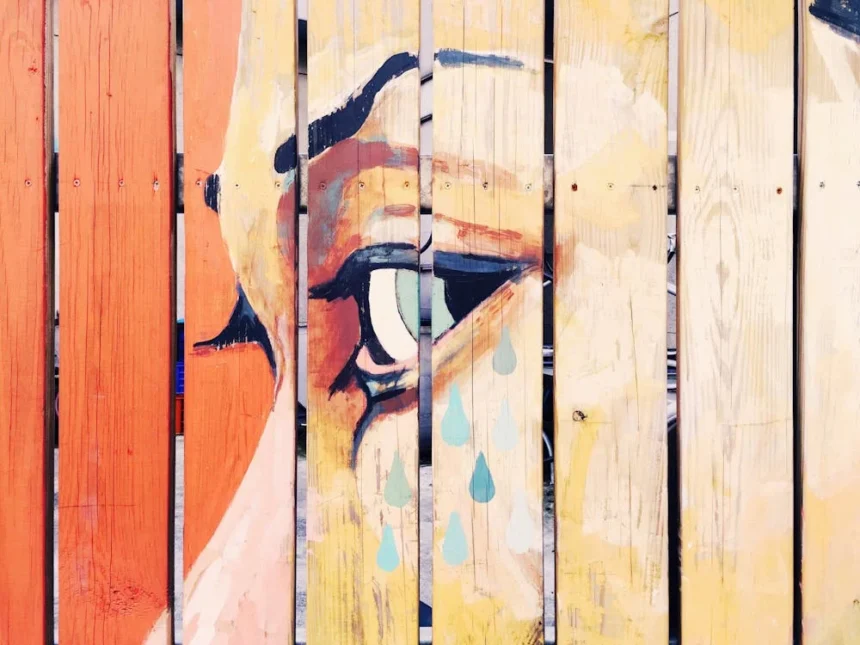Discovering Kička’s Rich Tapestry
Have you ever come across a piece of art that instantly transports you to another time and place? That’s the magic of Kička. This unique art form isn’t just a delight to the eyes; it’s a fascinating glimpse into the cultural history that shaped it. In this blog post, we’ll explore the profound cultural significance of Kička, its historical context, its enduring influence on contemporary art, and its international reach. Whether you’re an amateur art lover or a seasoned critic, you’re bound to find something that piques your interest.
Introduction to Kička
Kička is a term used to describe a particular style of art that blends traditional techniques with contemporary themes. It’s art often features vibrant colors, intricate patterns, and themes that reflect the socio-political landscape of its time. Its cultural importance can be seen in how it has been used to document history, tell stories, and provide social commentary.
Why is Kička Important?
It is not just an art form but also a cultural archive. It allows us to understand the values, struggles, and aspirations of the people who created it. By studying it, we gain insights into the lives of those who came before us and how their experiences continue to shape our present.
What to Expect in This Blog
In this post, we will take you on a historical journey from the origins of Kička to its modern-day impact. You’ll learn about the key figures who pioneered this art form, its evolution over the centuries, and how it continues to captivate art enthusiasts around the globe.
Historical Context of Kička
Understanding the roots of Kička requires a trip back in time. The origins of Kička are somewhat shrouded in mystery. Early practitioners were often ordinary people who used art as a means of expression and communication.
Early Practitioners
The first Kička artists were deeply connected to their communities. They used locally sourced materials and traditional techniques passed down through generations. These early works often depicted everyday life, folklore, and religious themes, offering a window into the collective psyche of the time.
Evolution Over Time
Over the centuries, Kička evolved from simple folk art to a more sophisticated form of expression. During the Renaissance period, for example, Kička began to incorporate elements of realism and humanism. This evolution was not just about technique but also about the themes explored, which became increasingly complex and nuanced.
Notable Artists
Artists were instrumental in shaping the Kička movement. Their work not only showcased exceptional skill but also offered profound insights into the human condition.
Impact on the Art World
The influence of Kička on the art world cannot be overstated. It challenged conventional norms and inspired a new generation of artists to think outside the box. The movement also played a crucial role in the democratization of art, making it more accessible to the masses.
Kička Today
In today’s fast-paced world, the relevance of it remains undiminished. Contemporary artists continue to draw inspiration from Kička, blending traditional elements with modern sensibilities to create something uniquely beautiful.
Contemporary Influence
Modern artists are keeping the tradition alive while pushing its boundaries. Their work often addresses current socio-political issues, making it a powerful medium for social commentary.
Relevance in Modern Culture
In addition to its artistic value, it has found a place in popular culture. From fashion to interior design, the influence of it can be seen in various aspects of our daily lives. This widespread appeal is a testament to its enduring relevance.
Technological Integration
With advancements in technology, it has also found new avenues for expression. Digital artists are now using software to create Kička-inspired works, bringing this traditional art form into the digital age.
The Global Reach of Kička
While it may have originated in limited region, its influence has transcended borders. Today, it enjoys a global following, with artists and enthusiasts from all corners of the world contributing to its ongoing evolution.
Exhibitions and Events
International exhibitions and events have played a significant role in promoting it. These events provide a platform for its artists to showcase their work and connect with a broader audience.
Community and Collaboration
The global community is a vibrant and supportive network of artists, critics, and enthusiasts. Online forums and social media platforms have made it easier for its lovers to share their work, exchange ideas, and collaborate on projects.
Conclusion
It is more than just an art form; it’s a cultural treasure that offers a glimpse into the past while remaining relevant in the present. From its humble beginnings to its global influence, it has captivated the hearts and minds of art enthusiasts around the world.
Final Thoughts
The story of Kička is far from over. As new artists continue to explore its possibilities, Kička will undoubtedly evolve in exciting and unexpected ways. We encourage you to explore this fascinating art form further, whether by visiting exhibitions, reading more about its history, or even trying your hand at creating your own Kička-inspired work.




